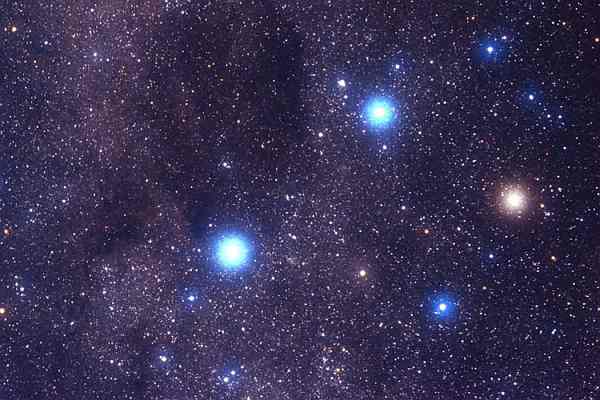Published on the 20/03/2018 | Written by Jonathan Cotton

The Southern skies are set to be busy as governments open space for business…
With growing government support on both sides of the ditch for entrepreneurs eager to join the space race, we may just stand on the threshold of a new space-based commercial golden age.
Right now space is the place and in Australia, the opposition is going out of its way to show support for its new favourite burgeoning industry, pledging AU$35 million – including additional co-investment coming from industry and university consortiums – to all things spacey.
At the same time in New Zealand Rocket Lab, the government-backed US-owned space venture, is about to launch its first fully commercial (and third ever) rocket as the Kiwis also chase down their share of the global space market.
In Labor’s hypothetical program, the NASA acronyms abound with the creation of an Australian Space Science and Industry Agency (ASSIA), a Space Industry Innovation Council (SIIC), a Space Industry Supplier Advocate (SISA), and a Co-operative Research Centre (CRC) in advanced manufacturing and space technology in future funding rounds, along with four research hubs and two training centres (offering 25 industrial PhDs).
No doubt they too have seen the potential in all things space.
Labor says it wants to double the size of the US$3-4 billion Australian space industry within five years of establishing its space agency, creating around 10,000 new high skill, high wage jobs in advanced manufacturing, research, earth observation and space technologies.
According to a fact sheet released in September, Labor has set an “aspiration” for Australia to devote three percent of GDP to research and development by 2030.
“Australia depends on space more than any other country in the world. Space-based applications impact our everyday lives,” says shadow minister for Innovation, Industry, Science and Research Kim Carr.
Such applications include satellite navigation of fruit and vegetable farms, satellite-optimised flood irrigation to boost crop yields, authorisation functionality for ATMs and other credit card applications; mobile technology and emergency and disaster relief response. Of the latter which, Carr points out, relies on specialised satellite imagery and communications.
“And while the Liberals have been dragged into reluctantly agreeing to establish an Australian Space Agency,” says Carr, “its budget, scope, mission and resourcing are as yet unknown, five months after the announcement.”
To be fair, the Federal Government is currently waiting on the results of an expert committee, due for release the end of this month, but the urgency is understandable: Globally, commercial space activities are growing by around 10 percent per annum and represent 76 percent of the US$420 billion global space economy.
They would do well to take a leaf from New Zealand’s playbook. The Kiwi government has been looking to the heavens with commercial interests in mind recently, passing The Outer Space and High-altitude Activities Act 2017, new laws covering launches into outer space, requirements for launch facilities, payloads and high altitude vehicles, among other things.
“The New Zealand Government supports the development of an internationally credible, competitive and well connected NZ-based space economy that can make a difference in our everyday lives,” said the New Zealand Space Agency at the time.
“Our regulatory regime is the key to making this happen. It enables the growth of a safe, responsible and secure space industry that meets our international obligations and manages any liability arising from our obligations as a Launching State.”
The government has also been laying down real dollars, working with entrepreneurs – most conspicuously Kiwi private spaceflight company Rocket Lab – to date the company has received a total of eight grants from the Callaghan Innovation Fund.
“The government has also been laying down real dollars – most conspicuously Kiwi private spaceflight company Rocket Lab.”
And it’s putting the investment to apparent good use. In February, Rocket Lab launched its media-friendly orbiting art piece, the Humanity Star, but more impressive still, the company has real McCoy customers, just announcing its first fully commercial flight (to be coined “It’s Business Time”) scheduled for next month. Two Lemur-2 nano-satellite ‘CubeSats’, carried for customer Spire Global and used to monitor weather and shipping movements will be on board the launch.
Ultimately, the company plans to put rockets into space on a weekly basis – and with CubeSat deployment starting at just NZ$110,000 each, may just pave the way for a lucrative economic sector for the country in the process.
And with more space deals happening with increasing frequency (the Trans-Tasman government backing of Orbica’s recent satellite-based geospatial tech for one), expect a whole lot more blue-sky thinking around the commercial potential of Antipodean space soon.



























